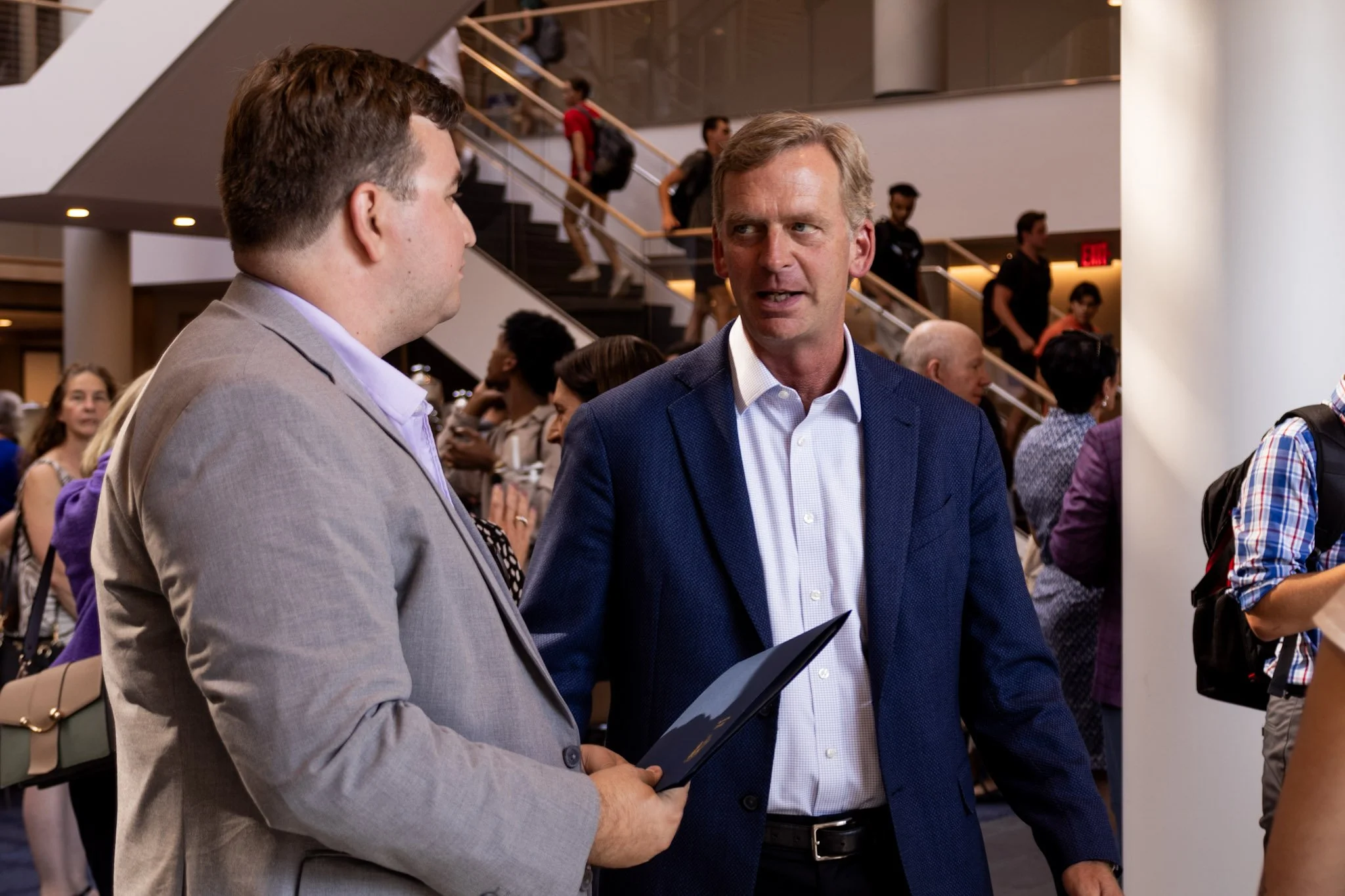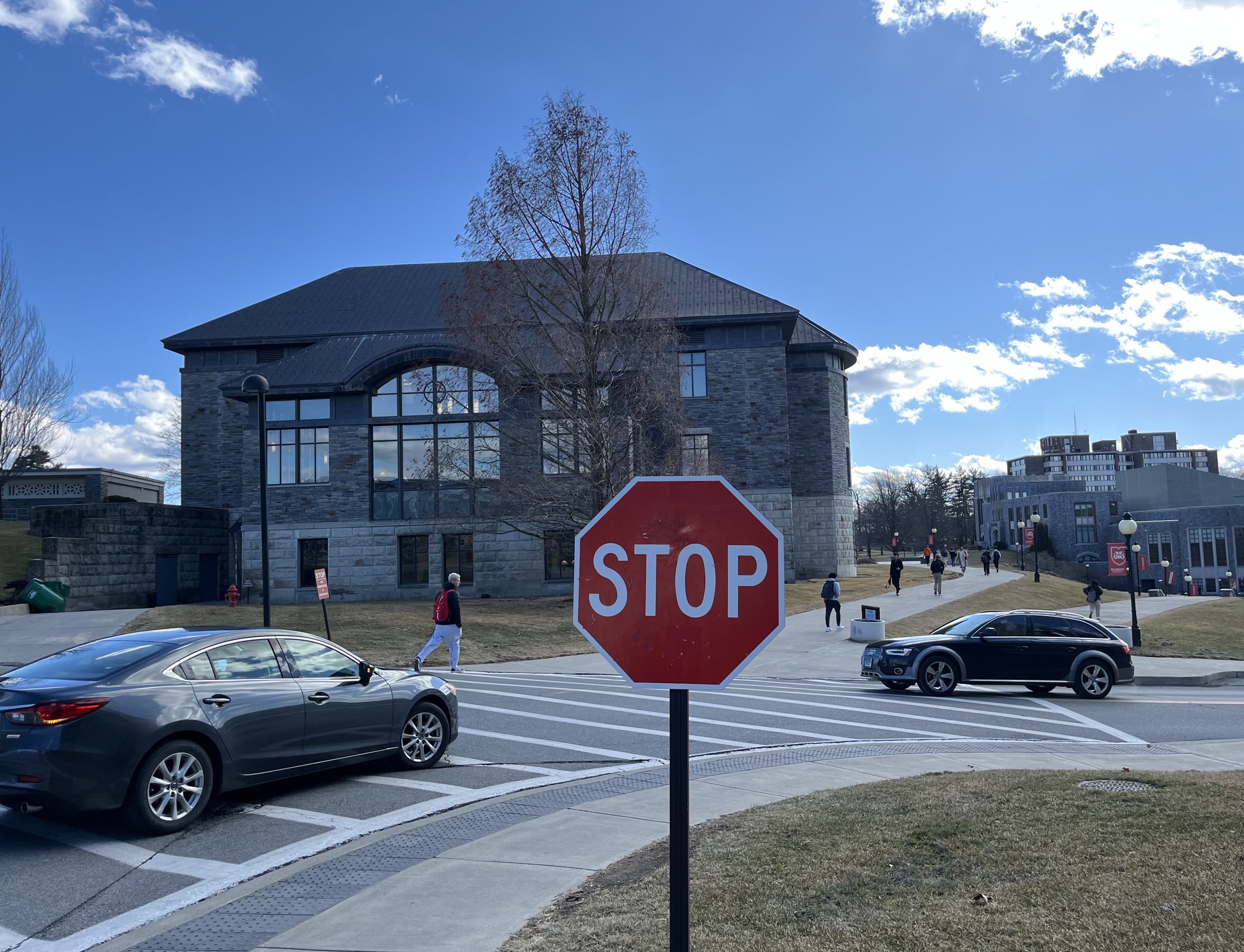New Gartland Tackles Race, Culture, and Gender at Marist
By Sarah Franzetti
“From its stone and brick exterior to its carpeted halls and suites offering sleek kitchens, spacious rooms, and spectacular river views, [New Gartland] is drawing raves from its residents, as well as the rest of the Marist community,” a statement on the Marist College website reads, referring to the new North End campus housing. But as the construction deadlines grow closer, students might be ‘raving’ about something other than the views of the river.
Recently, the college approved a “multicultural floor” for the newest building in the Gartland complex. According to the Marist housing application, the floor is open to anyone who is interested. The floor aims to “bring together students of all backgrounds, cultures and identities in a welcoming and inclusive environment,” a statement on the application reads.
Veronica Grech, ’19, whose mother, Iris Ruiz-Grech, is the director for the Center for Multicultural Affairs, explains that the center has an intercultural council that will be very involved in the process. “Its purpose is to have a place where people can go to be around people of all different backgrounds and where students can go talk to their peers about questions they might have but didn’t know how or who to ask,” Grech said.
Courtesy of Marist College
But according to some students, this multicultural floor sounds more like the college is grouping certain students together and keeping them separate from others, which appears to be the opposite of multicultural.
“They shouldn’t exclude just one floor. I want to meet other people,” said Gianlucca Massa, ’18, a transfer student who lives in New Gartland Building B. Massa, who moved to the US from Peru when he was seven, worries that although the application is open to everyone, it will create a segregated environment.
Carlos Moreno, ’19, from Venezuela, agrees with Massa. “Every floor should be ‘multicultural,’ not just one floor, and everyone should have an opportunity to learn and live with people from other cultures,” Moreno said. “It’s actually beneficial: you learn from other cultures, you get out of your bubble.”
Student Body President Brandon Heard, ’17, feels conflicted about the multicultural floor. He makes the point that perhaps the floor may be Marist recognizing its own faults and trying to correct them.
“It’s a double entendre: since campus isn’t inclusive, let’s make a place where people feel welcomed, orlet’s make campus more inclusive since a floor like this could divide it,” Heard said.
Courtesy of Marist College
While it would be great for students to have a place to come together, feel safe, and be able to talk about things they might otherwise not feel comfortable to discuss, the question still remains: will it not further the racial and cultural divide among our students?
And Heard brings up another point as well: race isn’t the only thing dividing this campus.
“When it comes to race, gender, sexual orientation, etc…the world beyond that floor doesn’t necessarily foster inclusive environments,” Heard said.
It seems that New Gartland has found itself at the center of not only a controversy around race, but one on gender as well.
When approached to potentially be interviewed on the progress of the New Gartland buildings, the construction team working on the project declined to comment, although they had no trouble commenting on the gender of those who were reporting.
“We’re not buying any Girl Scout cookies,” one worker said, laughing. The men said they were unable to speak with any of the media without first consulting with the college.
Caroline DeWald, ’19, who actually is a Girl Scout and is employed by the organization, felt offended by the comments not only as a woman, but as a proud Girl Scout.
“He is using Girl Scout cookies in a derogatory manner. The selling of Girl Scout cookies should not be used against women—it’s female entrepreneurship,” DeWald said.
Marisa Prezioso, ’19, who witnessed the construction workers making these comments, says that besides being “extremely sexist and rude,” “he [the construction worker] is in an environment where it’s okay to degrade women because he’s surrounded by men all day.” Prezioso believes that if like-minded people stick together, comments like this won’t get shut down, because there is no mixing of views, beliefs, and backgrounds. The same may be true for the multicultural floor: to limit “culture” and “diversity” to only a certain area of New Gartland could potentially give way to situations like the one with the construction worker.
New Gartland has been consistently described as one of the nicest places to live on campus with its brand new rooms and beautiful views of the river. But it seems that for many Marist students, pristine views won’t be enough to sell New Gartland as the place to be. As construction wraps up on the final building, students are demanding that they be built not only with lead and steel, but with compassion and an open-minded agenda as well.











